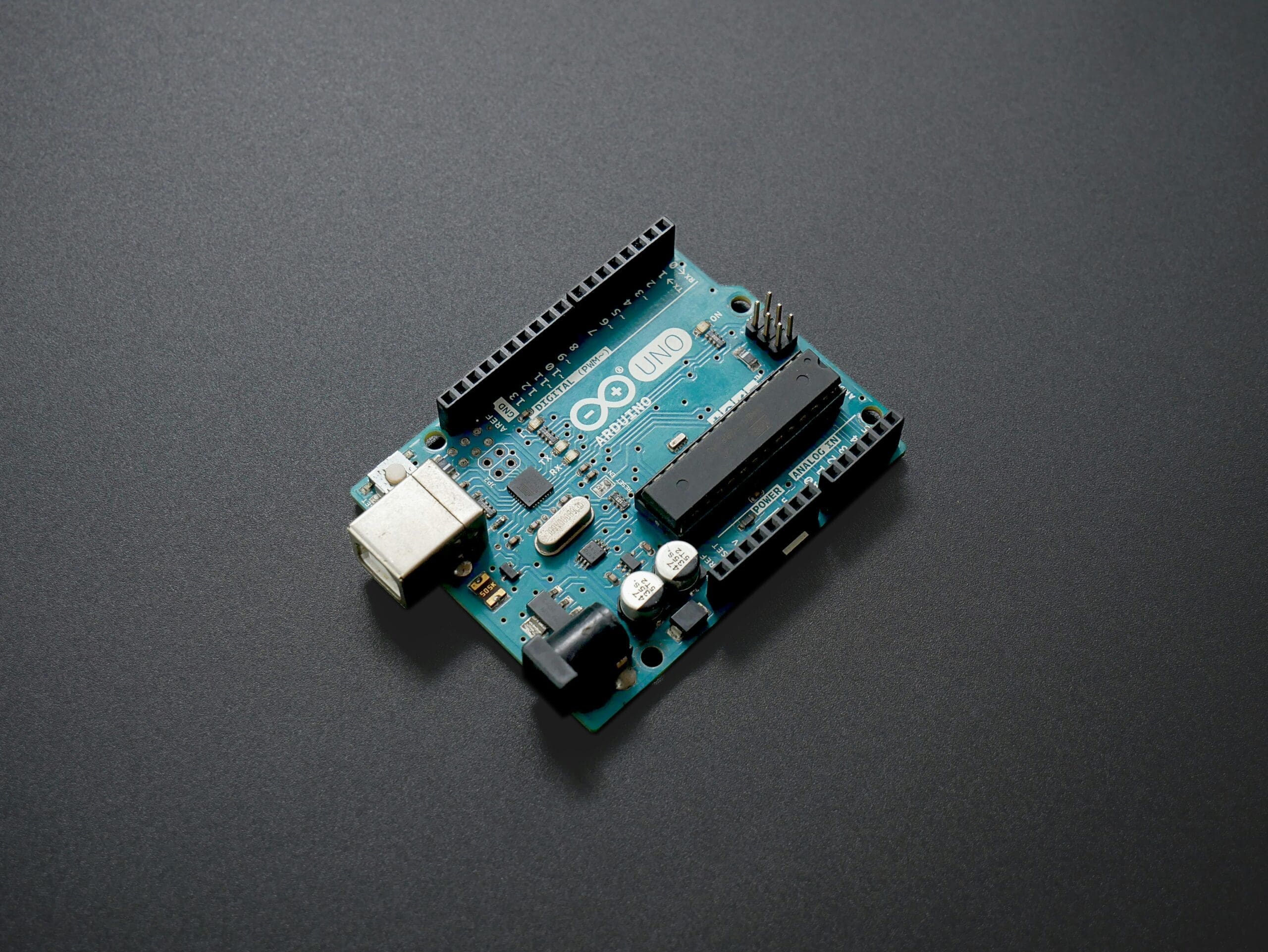Nanoengineering is the practice of engineering on the nanoscale, involving the manipulation and manufacture of materials and devices that are typically sized between one and one hundred nanometers. This field is crucial for advancements in medicine, electronics, energy, and materials science, among others. 3D printing, particularly at the nano-scale, known as nano 3D printing or two-photon polymerization (2PP), has emerged as a revolutionary technology in nanoengineering. It allows for the creation of structures at a scale previously difficult to achieve, with applications ranging from drug delivery systems to microelectronic devices.
The Emergence of 3D Printing in Nanoengineering
Originally a tool for larger-scale prototyping, 3D printing technology has been refined to the extent that it can now produce features as small as 100 nanometers. Nano 3D printing involves the use of lasers and special photosensitive resins to create highly detailed structures through a process that allows for precision and complexity unattainable with traditional manufacturing methods. As nanoengineering seeks to manipulate matter at the atomic or molecular level, 3D printing has become an indispensable tool for creating intricate nano-scale structures.

Advantages of 3D Printing in Nanoengineering
Precision and Complexity: Nano 3D printing can produce extremely complex structures with high precision, which is essential for applications requiring intricate details that traditional methods cannot provide.
Speed and Efficiency: Rapid prototyping at the nano-scale accelerates the development of nano-devices, from initial concept to final product, enabling faster innovation and iteration.
Customization: The ability to customize nanostructures opens up a myriad of applications in fields such as medicine, where tailor-made solutions are often necessary for effective treatments.
Material Diversity: Advanced 3D printing technologies have expanded the range of materials that can be used, including metals, polymers, and composites, facilitating the creation of functional nano-devices with specific properties.
Key Applications of 3D Printing in Nanoengineering
Medical Devices and Drug Delivery: Nano 3D printing is instrumental in creating devices for targeted drug delivery systems that can navigate the body’s complex systems to deliver drugs with pinpoint accuracy.
Electronics and Photonics: The technology enables the fabrication of nano-electronic components like transistors, capacitors, and connectors, as well as photonic devices that manipulate light at the nano-scale for use in telecommunications and computing.
Energy Storage and Conversion Devices: Nanostructured materials made through 3D printing can lead to more efficient solar cells, batteries, and fuel cells with higher capacities and faster charge times.
Sensors and Diagnostics: Nano 3D printing can produce sensors with extremely high sensitivity for environmental monitoring, biomedical applications, or security systems.

Challenges in 3D Printing for Nanoengineering
Resolution and Accuracy: While nano 3D printing is highly precise, pushing the limits of resolution and accuracy while maintaining functionality and structural integrity remains challenging.
Material Limitations: The range of materials suitable for nano 3D printing is still expanding. Developing new materials that can be reliably used at the nano-scale is essential for broadening the technology’s applications.
Scalability: Scaling nano 3D printed devices from prototypes to mass production poses significant challenges, particularly in ensuring uniformity and maintaining cost-effectiveness.
Technical Expertise: Nano 3D printing requires specialized knowledge not only of additive manufacturing techniques but also of nanoscience and the specific applications being targeted.
Future Directions in 3D Printing for Nanoengineering
The future of 3D printing in nanoengineering is filled with potential. Anticipated advancements include the development of new nano-printing methods that could offer even greater resolution, the introduction of novel materials with enhanced properties, and the integration of nanostructures directly into functional devices during the printing process.
3D printing in nanoengineering is set to continue transforming the landscape of numerous industries by enabling the production of nano-scale devices and structures with unprecedented precision and customization. As the technology advances, it promises to unlock new possibilities in the design and manufacture of nano-devices, potentially revolutionizing fields such as medicine, electronics, and energy. With ongoing innovations, 3D printing will increasingly become a cornerstone technology in nanoengineering, reshaping how we interact with and manipulate the material world at the most fundamental levels.








